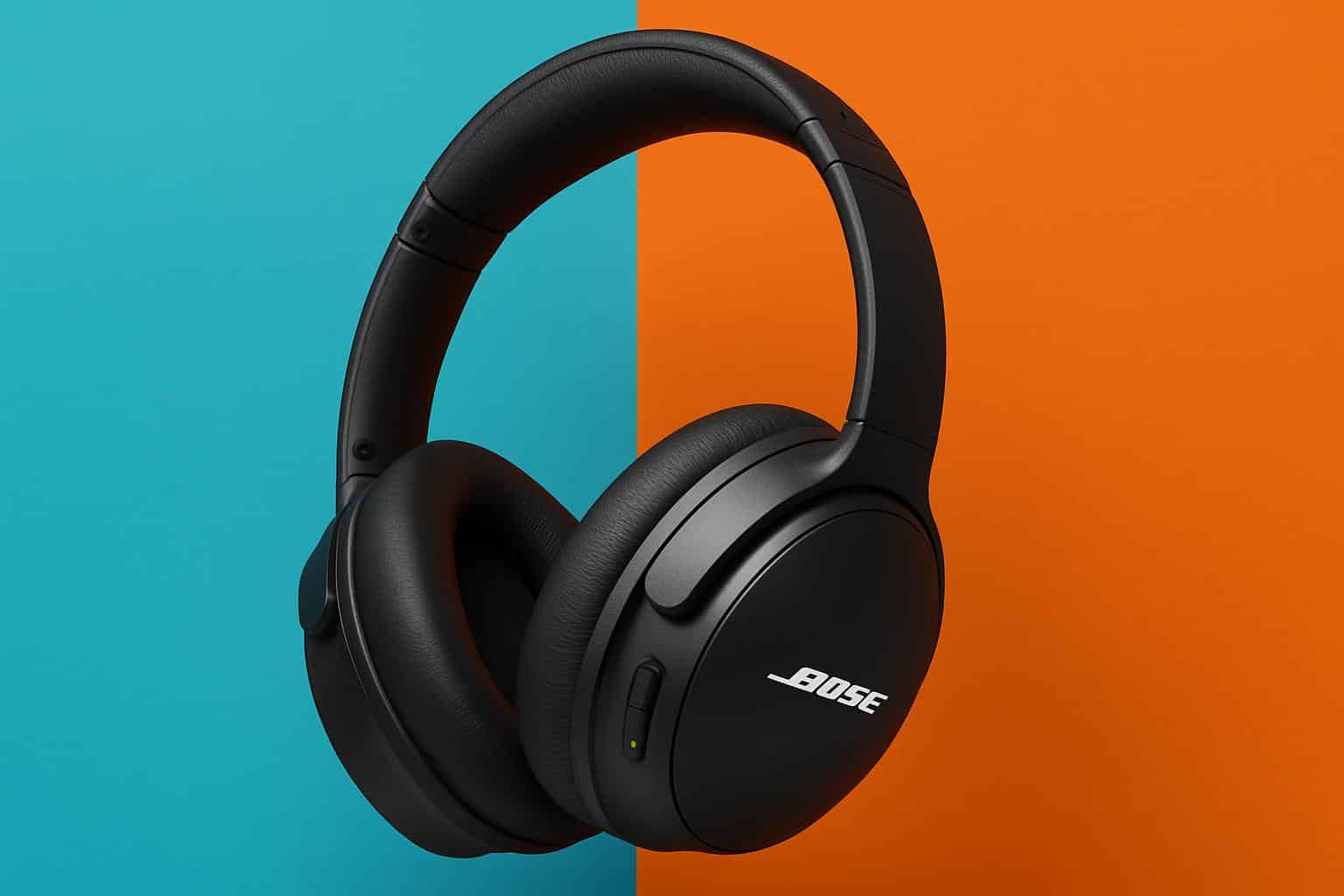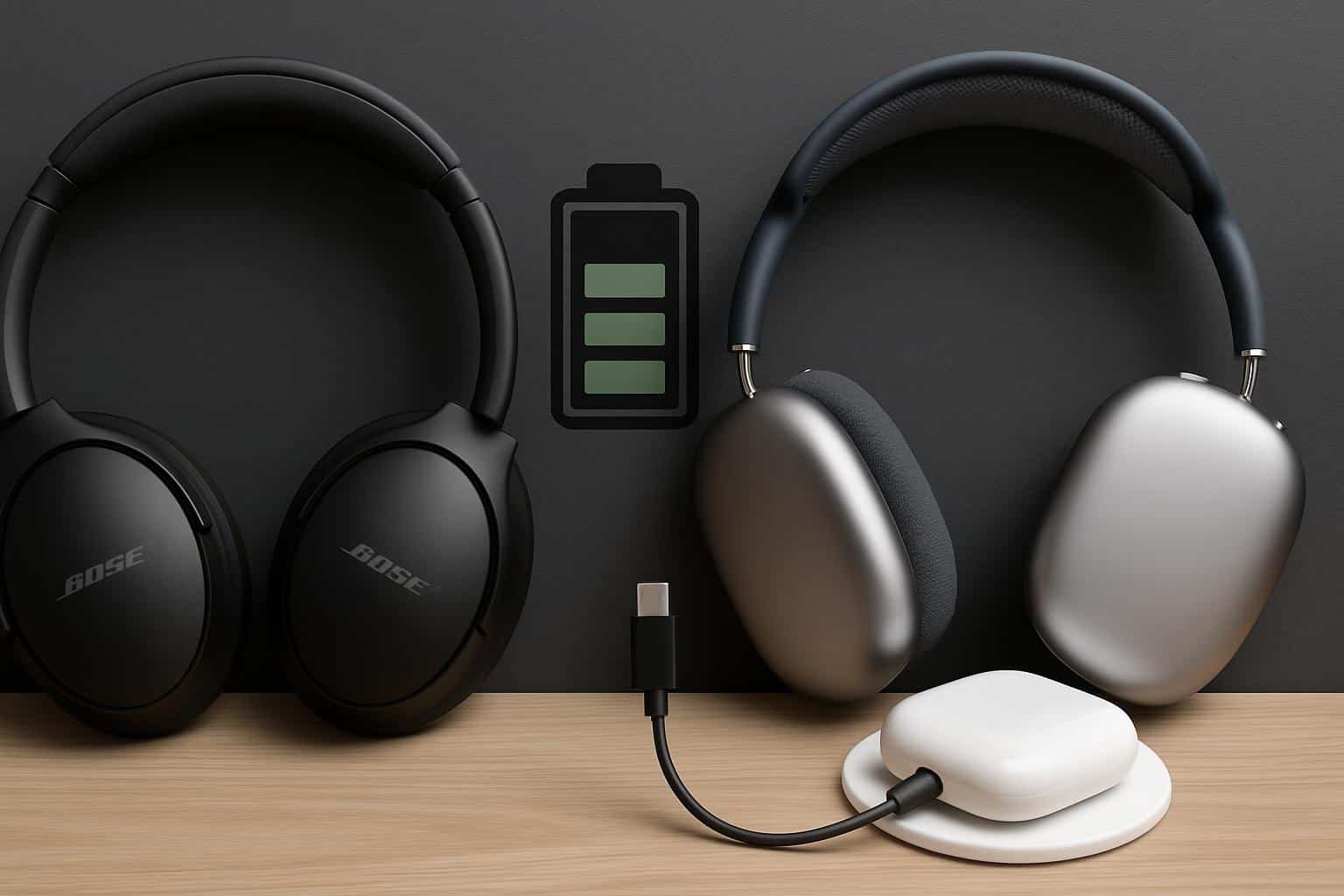Bose finally nailed the power feature I adored in AirPods Max, and you can tell. The second-generation QuietComfort Ultra Headphones may not just last longer on a charge: they handle power in a way that makes it possible to spend fewer minutes recharging and less time fishing for cases or buttons during the day.
Why Smart Power Management in Headphones Matters
Battery life sells earphones, but it’s the quiet, between-listens moments that drain your machine. Commuters, office workers, and travelers spend hours lifting the headphones off their ears and returning them to idle; power-wasting behavior can matter. Saving power in those in-between moments serves to lengthen runtime and prolong the long-term health of the battery by minimizing charge cycles, a point that testing groups like Consumer Reports routinely make and that was reinforced last year by engineering notes from battery researchers at places like the U.S. Department of Energy.

How Bose Designed Smarter Low-Power Behavior
The QC Ultra 2 headphones are sensor-smart. Remove them, and they stop playing and disconnect from your phone, so incoming calls, notifications, or videos are instantly directed to the handset. Put them flat — earcups up or down — and they go to sleep without any case gymnastics. The whole experience is kind of invisible and frictionless, which is exactly what good power management should be.
The raw numbers are impressive: Bose claims up to 30 hours of playback with active noise cancellation turned on and up to 45 hours with it off. That alone surpasses many premium rivals, but the true victory is in efficiency. By diving in and out of low-power mode rapidly and reliably, the headphones save juice down to the last idle minute — effectively stretching those hours when you’re not using them IRL.
This is on top of Bose’s signature strengths — top-of-the-range noise cancellation and comfort — so the power savings aren’t forcing you to compromise elsewhere. In testing by independent labs, such as Rtings, those recent Bose flagships have reliably achieved their rated stamina or close to it, even with ANC activated — so I’d say those aren’t paper specs.
Where AirPods Max Fall Behind on Power Management
Apple’s wear detection is still stellar, and the AirPods Max also pause, disconnect, and hand music back to the phone when taken off. The hitch is what emerges on the other side. AirPods Max don’t feature a traditional power button and rely heavily on the Smart Case as well as background features like Find My. The AirPods Max enter an ultralow-power mode after extended idleness — approximately 18 hours in the case or about 72 hours out of the case — so they can still be found, according to documentation on Apple Support. That convenience can take little bites out of the battery when you are not listening.
Standby drain, reviewers and measurement sites have observed, is more pronounced on AirPods Max than on rivals that also shut all the way down. The end result is a familiar routine: You take them off on Friday, look for lots of juice Monday, and find they have crept lower than you would want. In sidestepping that friction, Bose’s approach — jacking into low-power quickly, no case required — makes a lot of sense.

Real-World Battery Gains You Actually Notice Daily
Take a standard work week, with three hours of listening per day. On paper, 30 hours of ANC playback is enough to cover the whole week. With effective idle behavior piled on top, that expectation holds true. You can set the QC Ultra 2 on a desk between meetings or lay them flat on a nightstand, and you won’t have to worry about coming back hours later to find they’ve slowly sapped away.
Frequent flyers benefit even more. Remove your headphones to talk to a flight attendant and, voilà, your phone is once again the audio endpoint. Put the headphones flat on the tray table, and they sip power instead of burning it. It’s the kind of micro-optimization that can be cumulative over long-haul travel and back-to-back connections.
Battery Specs That Back Up the Day-to-Day Experience
30-hour ANC and 45-hour non-ANC battery lives, as advertised by Bose, represent a big jump from previous models (which ran somewhere in the ballpark of 20–24 hours). Apple claims up to 20 hours of listening time for AirPods Max with active noise cancellation and spatial audio turned on. Independent testing labs have frequently landed right around those numbers, but it’s the idle performance differential that ultimately dictates how much of that capacity you actually get to enjoy over a week of mixed use.
There’s also the issue of control. Bose provides a traditional power button and the auto-standby logic — so you have control when you want it and automation when you don’t. Apple’s all-buttonless power philosophy keeps the hardware simple, but means users are reliant on timers and the case to mitigate drain.
What This Means for Premium Headphones Overall
The quality of noise cancelling, fit and sound are the things that define high-end headphones, but power behavior is ever more separating the great from the merely good. Sony often wins when it comes to codec flexibility and smart features, Apple leads in ecosystem ease of use, and Bose has long owned noise cancellation. And with the QC Ultra 2, Bose adds genuinely clever power management to its list of wins, filling a gap that had previously been a weak spot.
In other words, Bose took my favorite AirPods Max battery idea — smart, automatic power saving — and did it without so many caveats. The net result is simple: more listening time, fewer surprise charging sessions, and an impression of operational ease day to day.

